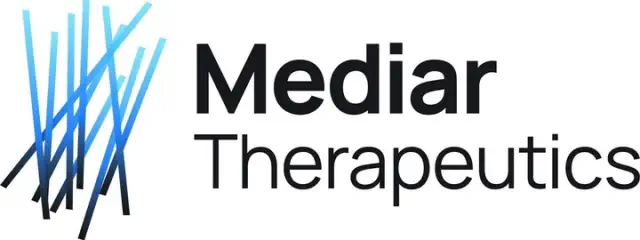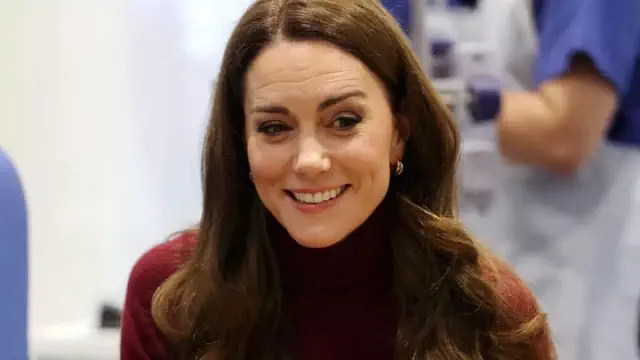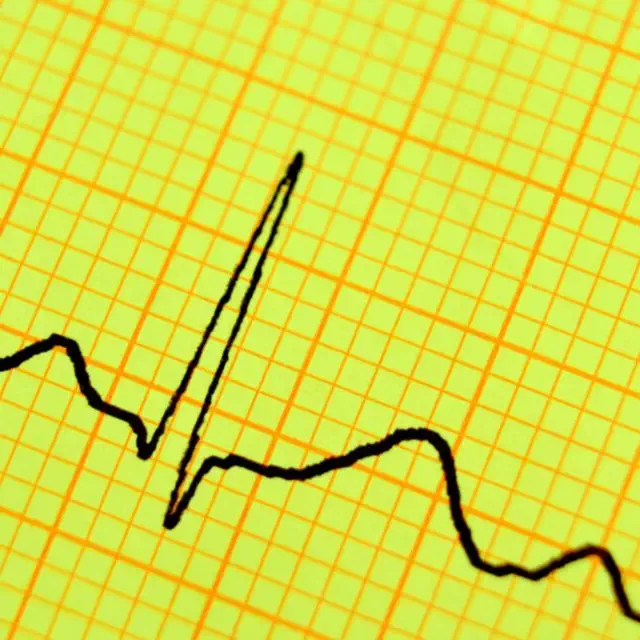Welcome back! We’ve all come across the phrase “eat your age,” haven’t we? Today, we’re diving into a checklist focused on how to align your diet with your age. Joining us is Dr. Ian Smith, the author of *Eat Your Age: Feel Younger, Be Happier, Live Longer*, to share insights on the foods that should be prioritized as we age. Good morning, Doctor! It’s wonderful to have you here.
Let’s start with your 30s, which is where I currently find myself. This decade seems to be crucial for our bodies, right? Absolutely! The concept of eating your age emphasizes that as we progress through life, our bodies undergo both physical and physiological changes. Therefore, our eating and lifestyle habits must adapt accordingly. In your 30s, it’s vital to incorporate calcium to build strong bones early on, which helps prevent issues like osteopenia later in life. Contrary to popular belief, carbohydrates are essential as they serve as the body’s primary fuel source, but focus on healthy carbs. Additionally, vitamin B6 is important, especially if you’re considering pregnancy, as it supports fetal brain development and boosts the immune system.
For example, we have turkey, sweet potatoes, and broccoli here. Many people overlook non-dairy sources of calcium, but they’re abundant in these foods! The book aims to not only highlight the key nutrients for each decade but also guide you on where to find them.
Now, Dr. Ian, for those of us approaching our 40s—don’t get too smug, I’m 55! Clearly, you’ve been making wise food choices. What should we focus on in our 40s? In your 40s, antioxidants become crucial as they help combat free radicals that can harm your cells, boosting your energy and fighting diseases. Calcium remains essential for maintaining bone health, as do monounsaturated fats, which are beneficial for heart health by keeping arteries clear.
For instance, almonds are a fantastic snack, and while you can enjoy around 20 of them, they provide great energy and nutrients. We also need to ensure we’re getting enough omega-3 fatty acids and calcium to support our bones.
Now, let’s talk about the 50s. In this decade, maintaining bone and heart health becomes paramount. Protein is vital as it helps build and maintain muscle mass. Vitamin C is essential for preventing infections, which can be more common as we age, while vitamin D aids in calcium absorption, crucial for bone health.
Take a look at this pasta salad—packed with ingredients like cucumbers, tomatoes, and pasta, it’s a great way to incorporate those power nutrients. Plus, adding some cheese provides the necessary protein.
As we move into our 60s and beyond, it’s all about supporting cognitive function, immunity, and overall strength. Omega-3 fatty acids found in fish like salmon are excellent for heart and brain health, while fiber helps maintain digestive regularity. Quinoa is a fantastic plant-based protein source.
The book encourages everyone to start focusing on these nutrients in their 30s and beyond, along with the best exercises and health tests to consider.
And what’s the deal with asparagus? I’ve always been curious about that! It’s interesting how the body processes it, leading to some unique byproducts. While they can be a bit unpleasant, asparagus is incredibly nutritious, and I personally love white asparagus!
Thank you for sharing such valuable information, Doctor. *Eat Your Age* is available for everyone right now!
Recent
See All
2025-02-14
Flu activity in Washington is currently at a 'very high' level. Here’s what the Department of Health advises you to be aware of.

2025-02-14
A dentist shares why your teeth may appear yellow despite your regular brushing habits.

2025-02-14
Virta Health Reports Unprecedented Growth, Surpassing $100M in Annualized Revenue, Fueled by Effective Weight Loss Strategies and GLP-1 Treatments.

2025-02-14
Mediar Therapeutics has signed a worldwide licensing deal with Lilly to progress its pioneering WISP1 antibody aimed at treating Idiopathic Pulmonary Fibrosis (IPF).

2025-02-14
A concerning depiction illustrates how humans might appear in 30 years if current trends continue unchecked.

2025-02-14
'Kate Middleton's statement today offers a hopeful indication for the future of the Royal Family.'

2025-02-14
Individuals who have contracted COVID-19 may be nearly eight times more susceptible to developing ME/CFS.

2025-02-14
From Patient to Caregiver: Nurse at WVU Medicine Center for Reproductive Medicine Discovers Healing Through Assisting Others

2025-02-14
The team behind MyoKardia has secured $300 million to launch a new biotech company dedicated to addressing heart disease.

2025-02-14
Dear Doctor, what is the most effective method for tracking my average blood pressure measurements?
Newsletter
Get life tips delivered directly to your inbox!
Sign Up!
